IBM and USTA captivate tennis fans with immersive second screen experience — from MarketWatch.com
Analytics, cloud, mobile and social computing technologies deliver US Open to fans’ fingertips
Excerpt:
The innovative digital US Open environment provides fans, players, broadcasters and media with access to a range of Big Data insights streaming from the courts, including stats, facts, videos, live scoring, and historical and real-time analysis of tennis data served to tablets, smartphones, PCs and other devices.
Also see:
.
From DSC:
Questions I wonder about:
- How might this sort of thing help us in education? What if, instead of a tennis match, it was a debate on X vs. Y…?
.
- Could we use it in educational gaming apps?
.
- If so, what sorts of apps that lean on social learning could we create?
.
- How could professional development/conferences use this type of immersive second screen experience? What sorts of opportunities for participation would open up?
.
- Could we develop things like this that help us learn things IN REAL TIME from the streams of content flowing by? (Do learning agents employ this sort of thing?)
Somewhat-related items:
College students bring targeted media to doctors’ waiting rooms — from entrepreneur.com by Michelle Goodman
Excerpt:
Their idea was to sell doctors’ offices prepackaged video segments containing tips on diet, exercise and other lifestyle tweaks patients could make to improve their health. A TV screen in the reception area would broadcast this programming, modeled after segments on shows such as Today, while patients waited for appointments.
To test the idea, Agarwal, Shah and classmate Derek Moeller bought TVs and DVD players, culled content from the internet and distributed the equipment and “shows” to 50 doctors in five states.
The Thirteenth Annual Conversation on the Liberal Arts
February 13 – 15, 2014










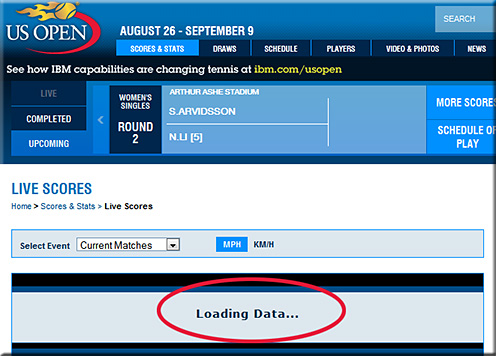

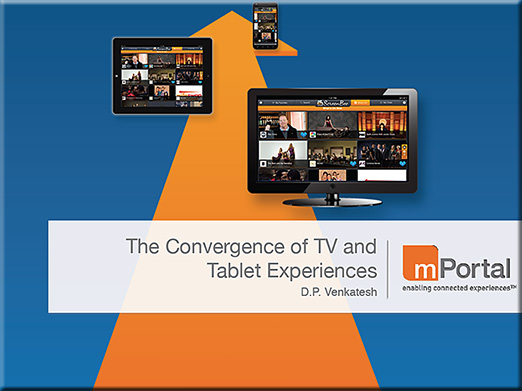
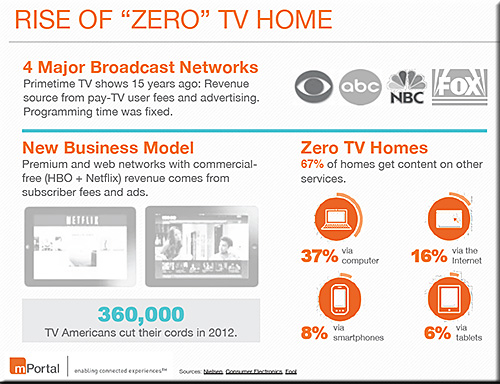

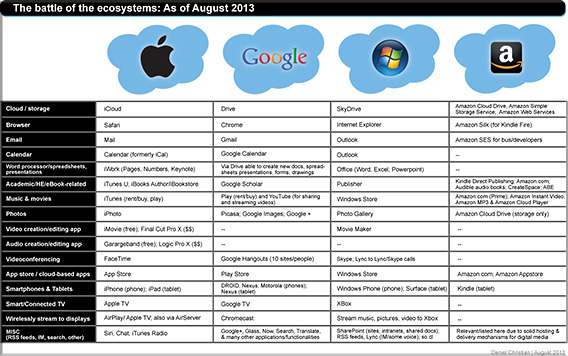


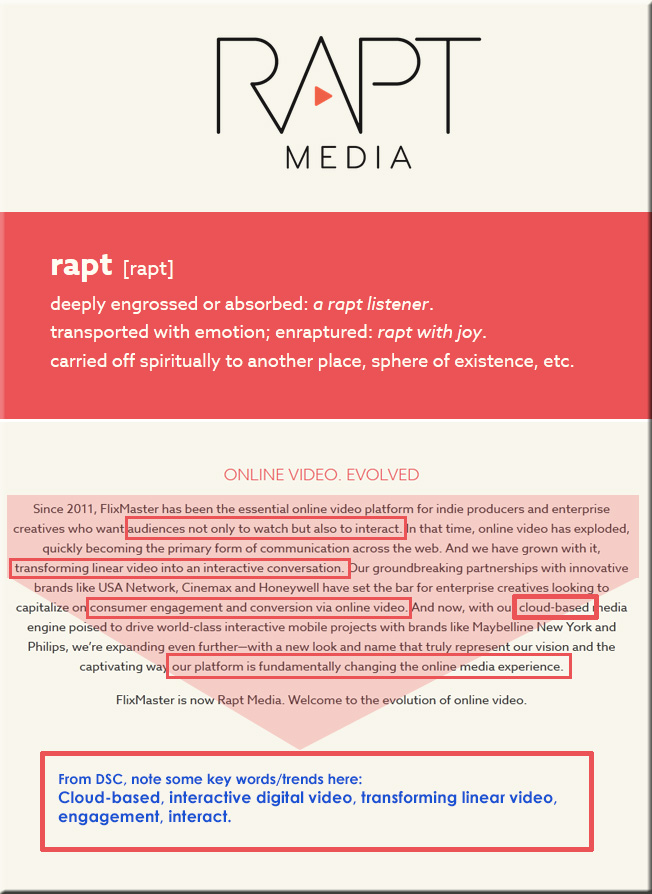


![The Living [Class] Room -- by Daniel Christian -- July 2012 -- a second device used in conjunction with a Smart/Connected TV](http://danielschristian.com/learning-ecosystems/wp-content/uploads/2012/07/The-Living-Class-Room-Daniel-S-Christian-July-2012.jpg)


